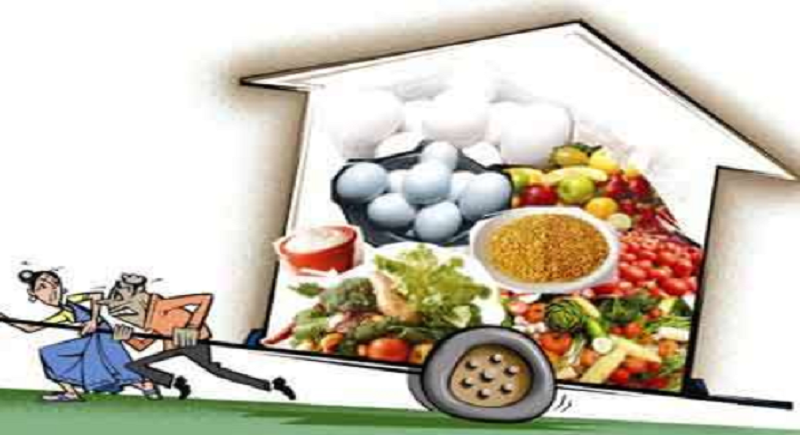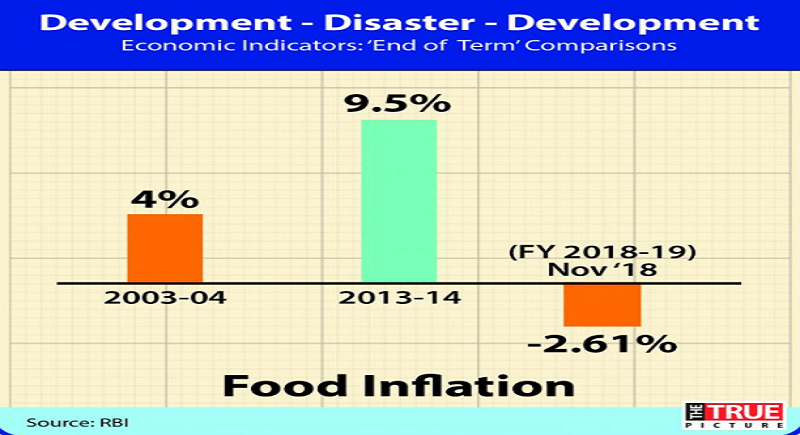Food inflation : Attributes to consider in determining the NDA’s sway
Total Views |

Pune, January 2: Very often we come through the facets that the food prices have inflated, or the any specific food item like onion, tomatoes have reached the price altitude. It is in fact in the past, that the rising onion prices made politicians shed tears out of fear of losing elections. Now it is as the shooting milk prices that has become a major cause for concern.
When food prices rise in the developed world, it is an inconvenience, something to grumble about. But, when food prices rise in the developing world, it can make a difference between going hungry and getting enough to eat. Has anyone, anytime thought, how these factors are affected of affect the other colliding factors in the economy? This thinking procedure itself results in gaining the solutions to the food inflation and learning the conceptual fact.
In a country like India where monsoon affects crop production in different ways, controlling food inflation becomes a challenging job for the government. However, food inflation in 2003-04 during Vajpayee government was in check. But this went out of control and reached an alarming level of 9.5% in 2013-14 during the UPA government.
Referring to the RBI data, this has been rapidly brought down by Modi Government through various policies like checking hoarding, Price Stabilisation Fund for pulses among others. On the back of those policies, food inflation in India has even turned negative.

Food inflation is usually is inflammatory in nature. Agricultural prices tend to fluctuate because demand and supply are both inelastic and supply can vary due to the weather. However, despite the usual volatility, food prices seem to be showing a strong upward movement, reaching record highs in recent years. There have been short-term supply constraints such as bad weather. However, there is also evidence of increasing long-term supply constraints such as loss of farming land due to global warming.
According to the ex-Governor of RBI Subir Gokarn, the major reason why food inflation is so problematic is because we are consuming more and more protein and the supply response is rather weak. He further informed that export of animal fodder, which is in short supply locally, is the reason for rise in milk prices. Prices of milk have risen by more than 10 per cent since March. During his speech on October 26, 2010 he had also stated that the dynamics of inflation, and in particular food, has changed, it being constant till date.
The reasons for alarming inflation meanwhile can be stated to be rising Minimum Support Prices (MSP) by the government resulting in raised food prices. However, it is important to bear in mind food price spikes tend to be temporary and often the result of local bottleneck shortages. While rising food prices tend to make headlines, later falls in prices tend to make less news. Though often difficult to implement, there is a necessity for guaranteeing supply and minimum prices of at least the basic food items.
The rise in food prices meanwhile cannot just be put down to short term factors. A growing population and growing affluence will inevitably place greater demand on agriculture. If environmental pressures continue to grow the pressures on both supply and demand could lead to food prices becoming more common.